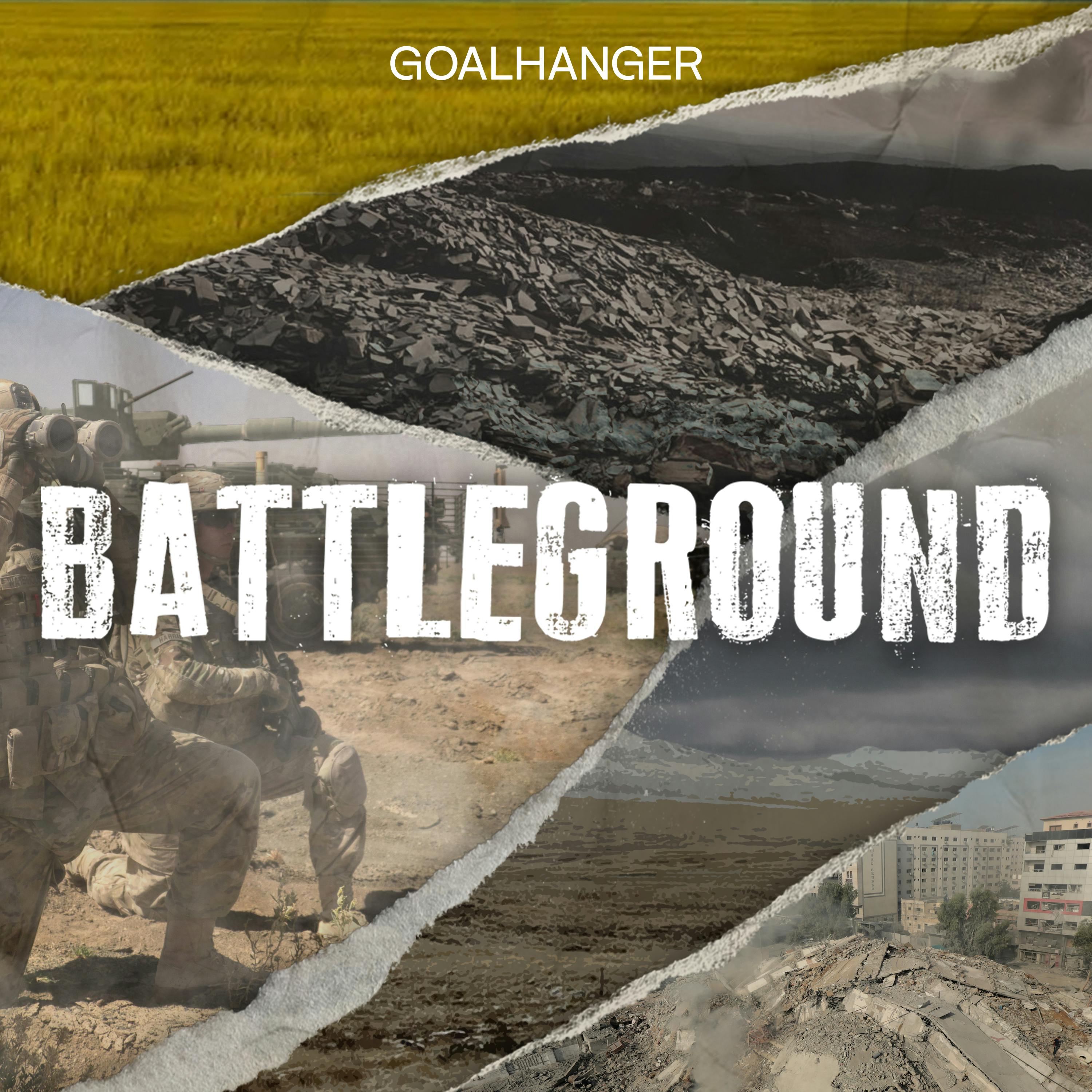
Deep Dive
Why did the Arrow Cross continue their murderous campaign even as the war was clearly lost?
The Arrow Cross's actions during the siege of Budapest were driven by a combination of bloodlust, ideological hatred, and a refusal to stop despite the inevitable defeat. They continued to hunt and kill Jews, even after the Red Army had captured parts of the city, showing a relentless and sadistic determination.
How did Hungary's relationship with Germany evolve during World War II?
Hungary's relationship with Germany was marked by ambivalence. Initially, Hungary maintained diplomatic ties with the West and allowed Polish refugees to pass through its borders. However, in April 1941, Hungary allowed German troops to invade Yugoslavia, leading to its formal entry into the war. By 1944, Hungary's leader, Admiral Horthy, attempted to negotiate a separate peace with the Allies, but Germany intervened, leading to the installation of the Arrow Cross and the subsequent horrors of the siege.
What was the role of Raoul Wallenberg in saving Jews during the siege of Budapest?
Raoul Wallenberg, a Swedish diplomat, played a crucial role in saving thousands of Jews by issuing Schutzpasses, which declared them under Swedish protection. His efforts, along with other diplomats like Giorgio Palasco and Karl Lutz, helped rescue many Jews from deportation and execution by the Arrow Cross.
How did the geography of Budapest affect the siege?
Budapest's geography made the siege particularly challenging. The city is divided by the Danube River, with the hilly Buda side offering strong defensive positions. The densely populated Pest side, with its narrow streets and high-rise apartment buildings, allowed defenders to snipe and fire artillery at advancing Soviet forces, making urban combat extremely difficult and deadly.
What was the human cost of the siege of Budapest?
The siege resulted in the deaths of hundreds of thousands of people, including 38,000 civilians and 15,000 Jews. Three-quarters of the city was left in ruins, and the living conditions during the siege were horrific, with people surviving on little food and often resorting to eating dead horses.
How did the Soviet capture of Budapest influence the post-war political landscape in Hungary?
The Soviet capture of Budapest marked the beginning of Hungary's communist takeover. Although there was an election where the Smallholders' Party won, the communists, backed by Moscow, soon took control, leading to the establishment of a communist regime by 1948. Liberation from the Nazis did not translate into freedom for the Hungarian people, as they found themselves under Soviet influence.
What was the significance of Yalta for Hungary's post-war future?
The Yalta Conference, held in February 1945, cemented the division of post-war Europe, with Hungary being placed firmly in the Soviet sphere of influence. This decision was made before the conference, ensuring that Hungary would become a communist state after the war, regardless of any democratic elections.
Who were some of the lesser-known heroes during the siege of Budapest?
Giorgio Palasco, an Italian official acting as the Spanish consul, and Karl Lutz, a Swiss diplomat, were key figures in rescuing Jews during the siege. Palasco issued Spanish protection papers to thousands of Jews, using bluff and courage to face down the Arrow Cross and save lives.
- Hungary joined the Axis powers but maintained diplomatic relations with the West.
- Admiral Horthy, Hungary's ruler, attempted to negotiate a separate peace with the Allies.
- Secret negotiations for Hungary to switch sides to the Allies took place, but Horthy ultimately refused.
Shownotes Transcript
In the final days of 1944 the Red Army closed in on the Hungarian capital of Budapest, and amidst the utter chaos of the siege members of the Hungarian fascist party the Arrow Cross ran riot massacring the city's jewish population.
Joining Patrick, to discuss this often overlooked chapter of the Second World War is Author and Journalist Adam LeBor, who's book on the subject - The Last Days of Budapest: Spies Nazis, Rescuers and Resistance, 1940-1945.
If you have any thoughts or questions, you can send them to - [email protected]
Producer: James Hodgson
X: @PodBattleground
Learn more about your ad choices. Visit podcastchoices.com/adchoices)
